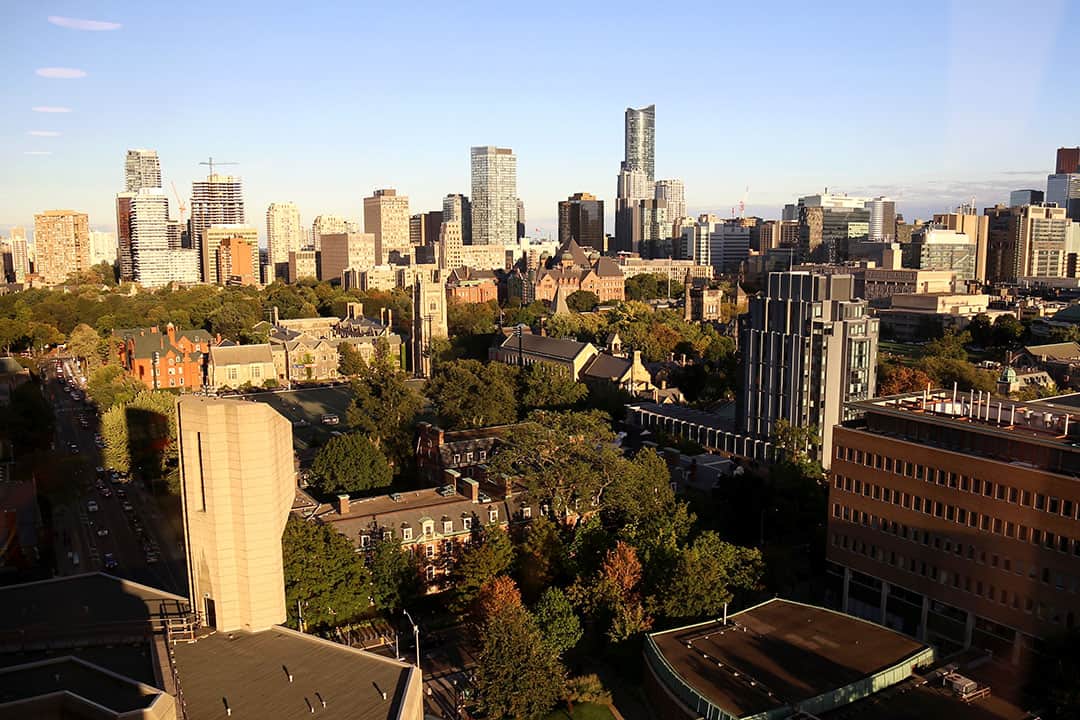The St. George Round Table (SGRT), a student union comprised of divisional student society heads, is drafting a new constitution that aims to promote continuity between generations of student leaders.
“The SGRT has – I will openly and plainly admit – a very poor track record of transparency,” SGRT Deputy Chair Eric Bryce told The Varsity. “I think a lot of this opaqueness stems from the fact that we all have additional roles in our own respective divisional student societies.”
Bryce admits that the SGRT’s institutional memory is “not fantastic.” SGRT members are hoping the new constitution will help smooth the transition from one year to the next. Although this change won’t impact the average undergraduate student a great deal, it helps the SGRT operate more efficiently, and it will possibly help members learn from past successes or mistakes, said Bryce.
The goal of the SGRT is to provide a space where student council presidents and heads of colleges and faculties can share ideas and learn from their fellow leaders. The shared belief of this group is that working collectively helps strengthen the important role of student societies.
All students are allowed — and encouraged — to attend all SGRT meetings. It is one of the many ways in which student leaders look to improve the experience of U of T undergraduate students on the St. George campus. They also plan events, including this year’s corn-themed homecoming.
Additionally, the SGRT enables student leaders to meet with university administration. This summer, they met with U of T’s Sexual Violence Prevention and Support Centre. Bryce claimed this meeting provided “some colour on how the new support and investigative processes will work.”
University of Toronto Students’ Union (UTSU) President Mathias Memmel had no comment regarding any changes in the constitution, but he maintained that the UTSU has a great working relationship with the SGRT. The UTSU does not plan on changing the services it provides in light of the changes.
“We collaborate as often as we can, and we’re currently working on a number of joint initiatives.” Memmel told The Varsity. “There’s a shared understanding that the UTSU and the SGRT play different and independently valuable roles. In short, we complement each other.”
Bryce echoed Memmel’s comments about the working relationship between the UTSU and SGRT. “We have very different niches,” he said. “Some issues at U of T are best addressed via a school wide student union like the UTSU, whereas some issues I think are best addressed via divisional student societies.
“We don’t have any aspirations of empire building. Maybe once upon a time, past SGRT leadership was keen on creating something to supersede the UTSU, but those days are long gone.”


